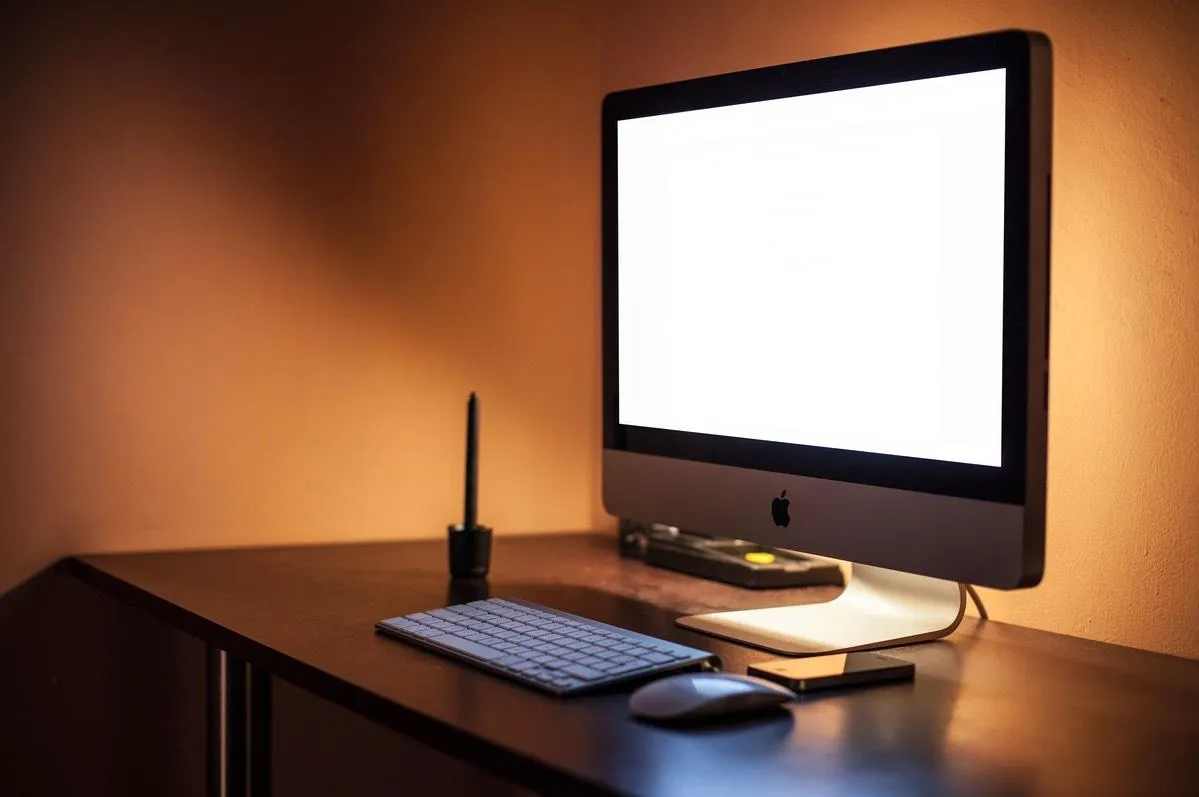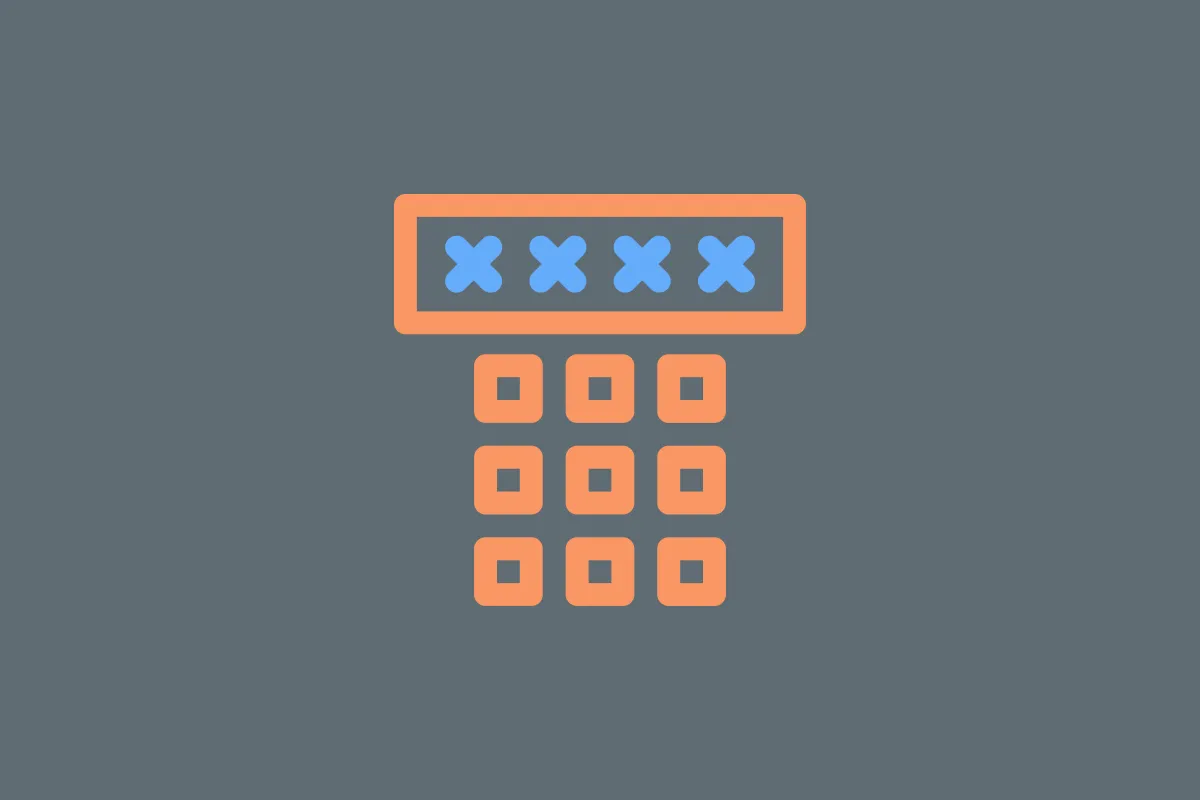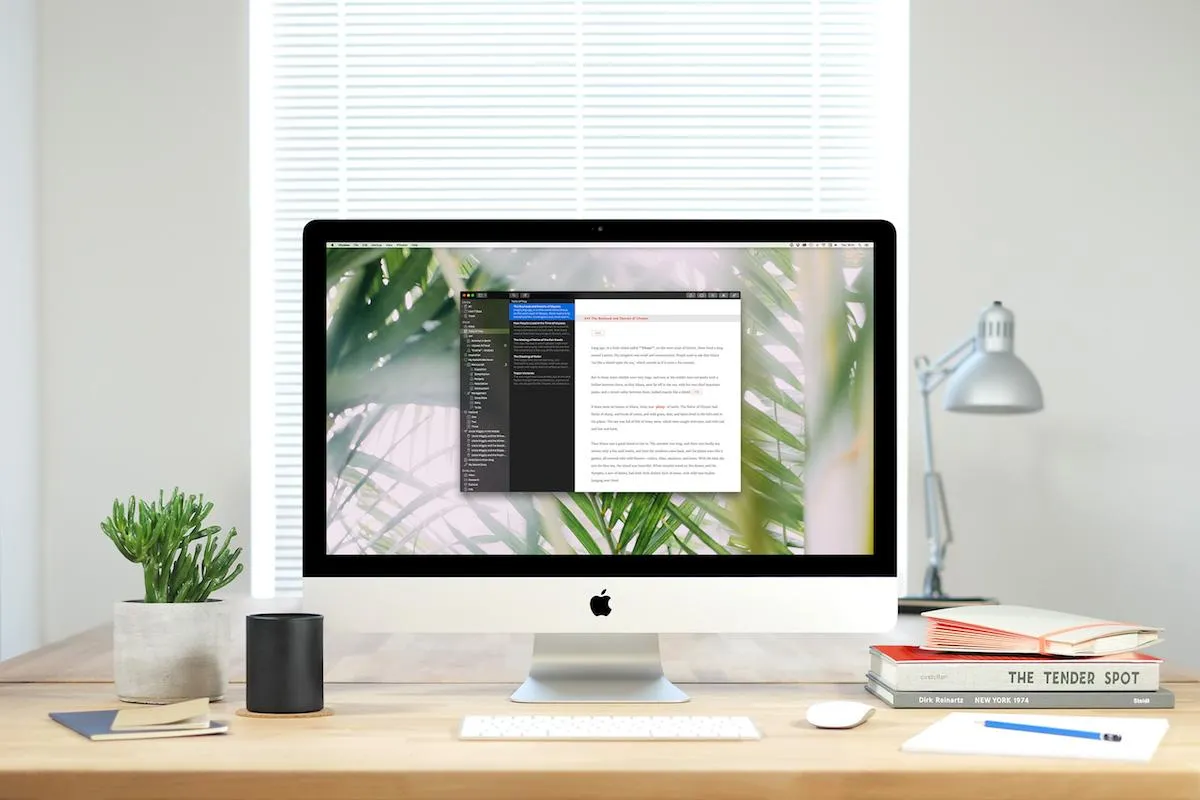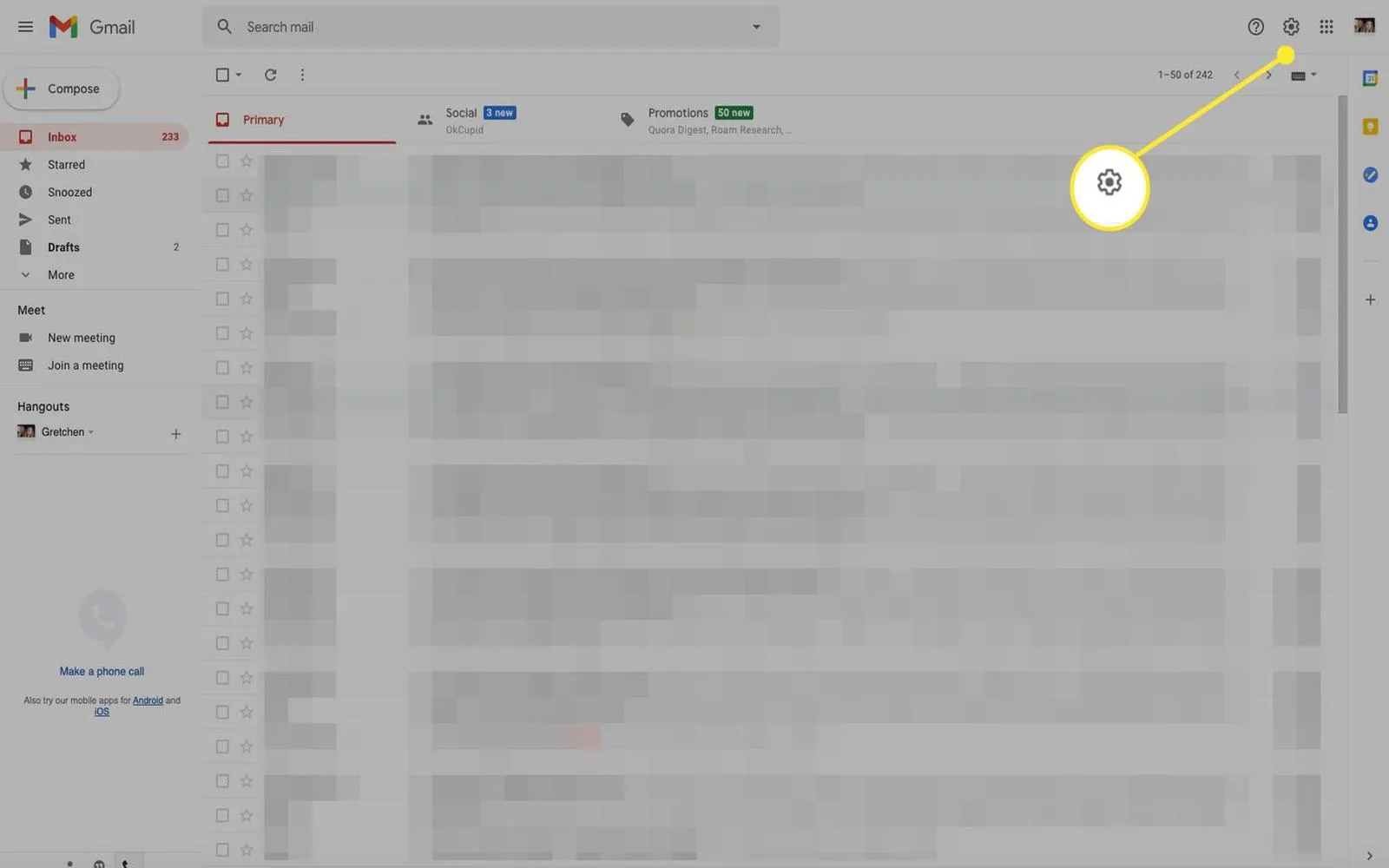In today’s digital age, having the right screen setup can significantly enhance productivity and comfort while working. Whether you’re a graphic designer, software developer, or simply someone who spends hours in front of a computer, optimizing your screen setup is crucial. Here, we’ll explore the essential elements of a perfect screen setup and how it can help you do your best work.
Understanding Screen Resolution
Screen resolution refers to the number of pixels displayed on the screen. A higher resolution means more detail and clarity. When choosing a monitor, consider the following common resolutions:
| Resolution | Aspect Ratio | Ideal Use Case |
|---|---|---|
| 1920x1080 (Full HD) | 16:9 | General use, streaming, and gaming |
| 2560x1440 (Quad HD) | 16:9 | Graphic design, video editing |
| 3840x2160 (4K UHD) | 16:9 | Professional video work, detailed design |
Choosing the right resolution not only enhances your visual experience but also reduces eye strain, allowing you to work longer and more comfortably.
Choosing the Right Monitor Size
The size of your monitor also plays a crucial role in your screen setup. Here’s a basic guideline on how to select the right monitor size based on your workspace:
| Monitor Size | Recommended Viewing Distance | Best Use Case |
|---|---|---|
| 24 inches | 2-3 feet | General office tasks |
| 27 inches | 3-4 feet | Design work, gaming |
| 32 inches | 4+ feet | Multi-tasking, video editing |
When selecting your monitor size, consider your desk space and how far you typically sit from your screen. A larger monitor can provide a more immersive experience but may not be practical in smaller workspaces.
Adjusting Screen Height and Angle
Ergonomics is key to a productive work environment. Your screen should be positioned at eye level to minimize neck strain. Here are some tips for adjusting your screen height and angle:
- Eye Level: The top of the screen should be at or slightly below eye level.
- Distance: Sit at least an arm's length away from the screen.
- Angle: Tilt the screen slightly back (10-20 degrees) for better visibility.
Investing in an adjustable monitor stand can help achieve the perfect height and angle for your screen, ensuring a comfortable viewing experience.
Dual or Multiple Monitor Setups
For those who multitask, a dual or multiple monitor setup can greatly enhance productivity. Here are the advantages of using multiple screens:
- Increased Screen Real Estate: More space allows you to have multiple applications open simultaneously.
- Efficient Workflow: Dragging windows between screens can streamline your tasks.
- Better Focus: Designate specific screens for different types of work, reducing clutter.
When setting up multiple monitors, ensure they are at the same height and aligned properly to avoid neck strain.
Blue Light Filters and Screen Protection
Prolonged exposure to screens can lead to eye fatigue. Utilizing blue light filters is an effective way to protect your eyes. Consider the following options:
- Built-in Settings: Many modern monitors come with blue light reduction modes.
- Screen Protectors: Anti-glare screen protectors can also reduce the strain caused by reflections.
Additionally, taking regular breaks using the 20-20-20 rule—looking at something 20 feet away for 20 seconds every 20 minutes—can help alleviate eye strain.
Final Thoughts on the Perfect Screen Setup
Creating the perfect screen setup involves careful consideration of screen resolution, size, height, and angle, as well as the potential benefits of multiple monitors. By investing time and resources into optimizing your workspace, you can significantly improve your productivity and comfort. Whether you’re working from home or in a corporate environment, a well-thought-out screen setup is essential for doing your best work.
Ultimately, a tailored screen setup can make a world of difference in your workflow, allowing you to focus on what truly matters—delivering exceptional results in your projects, enhancing your creativity, and achieving your professional goals.





